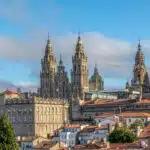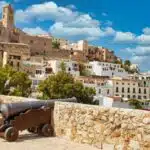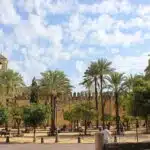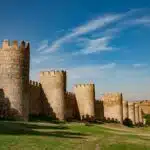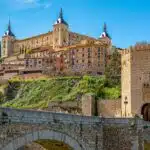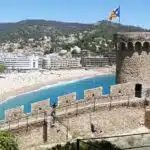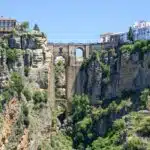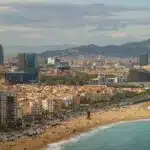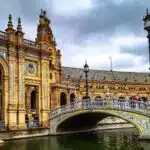Valencia, the third-largest city in Spain, is a vibrant destination that seamlessly blends historic charm with modern attractions. From its stunning architectural marvels to its sun-kissed beaches, this Mediterranean gem has something for every kind of traveler. Known for its futuristic City of Arts and Sciences, golden beaches, and rich history, Valencia is also the birthplace of paella, one of Spain’s most iconic dishes. Let’s dive deeper into what makes this city so captivating.
Discover Valencia’s Architectural Wonders
One of Valencia’s most famous attractions is the City of Arts and Sciences, a vast complex of ultra-modern structures designed by Santiago Calatrava. This striking collection includes the Hemisfèric, an eye-shaped planetarium and IMAX theater, the Museu de les Ciències Príncipe Felipe (a hands-on science museum), and the Oceanogràfic, Europe’s largest aquarium. The architectural brilliance of these buildings is matched only by their cultural and educational significance, making it a must-visit for anyone interested in science, art, or design.
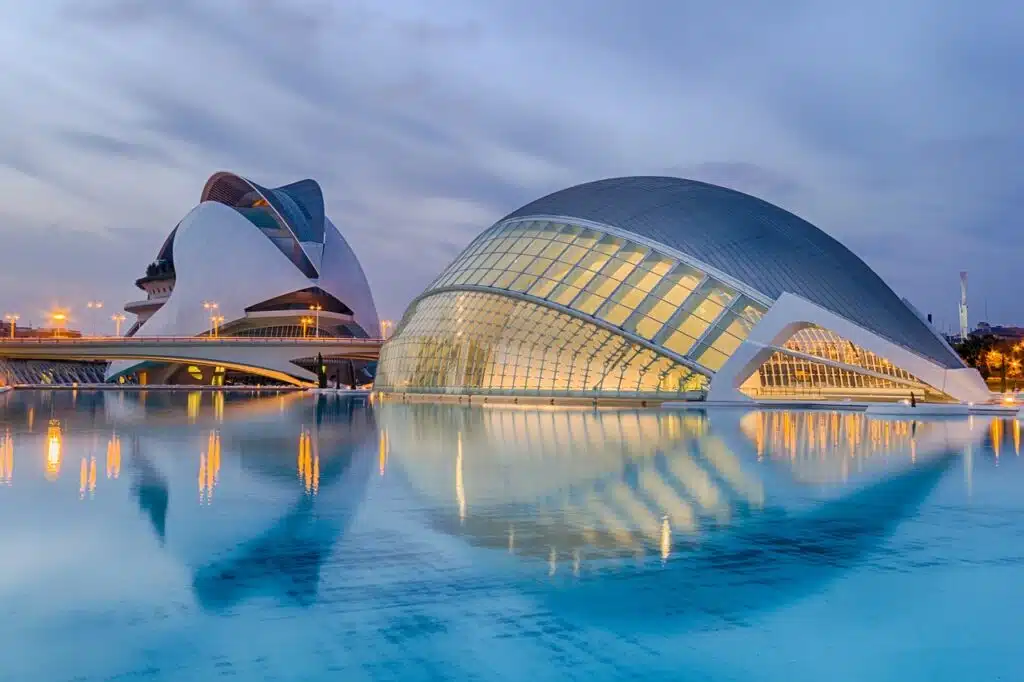
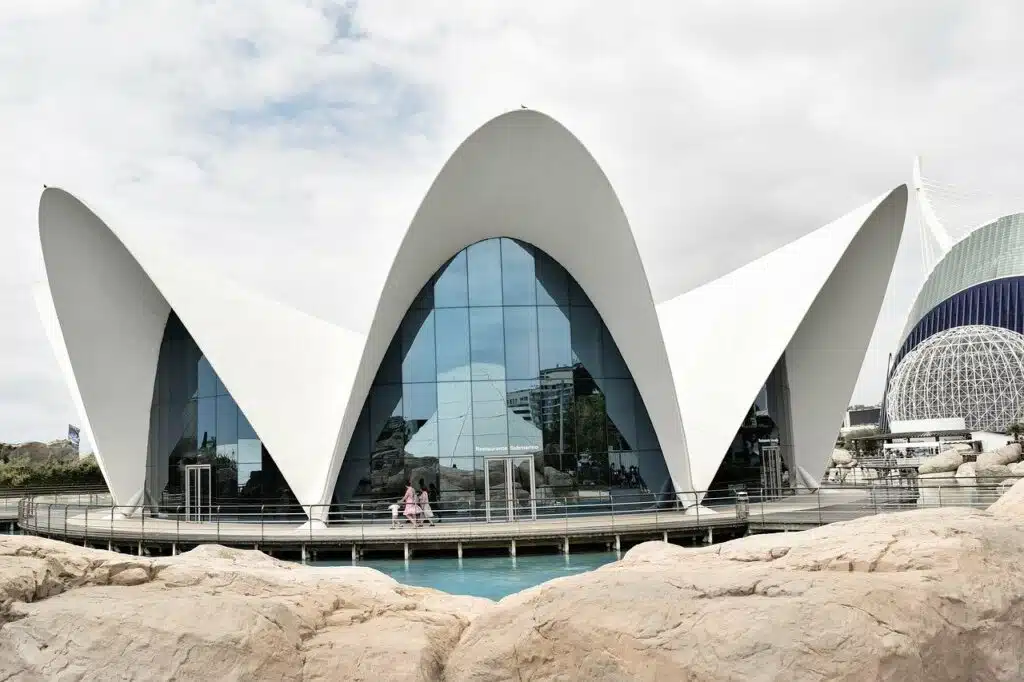
In contrast to the modernity of the City of Arts and Sciences, Valencia’s old town offers a glimpse into its rich past. The Valencia Cathedral, a blend of Gothic, Romanesque, and Baroque styles, is home to one of the city’s most revered treasures: the Holy Grail. This ancient chalice is believed by many to be the cup used by Jesus Christ at the Last Supper, and it draws both historians and pilgrims alike.
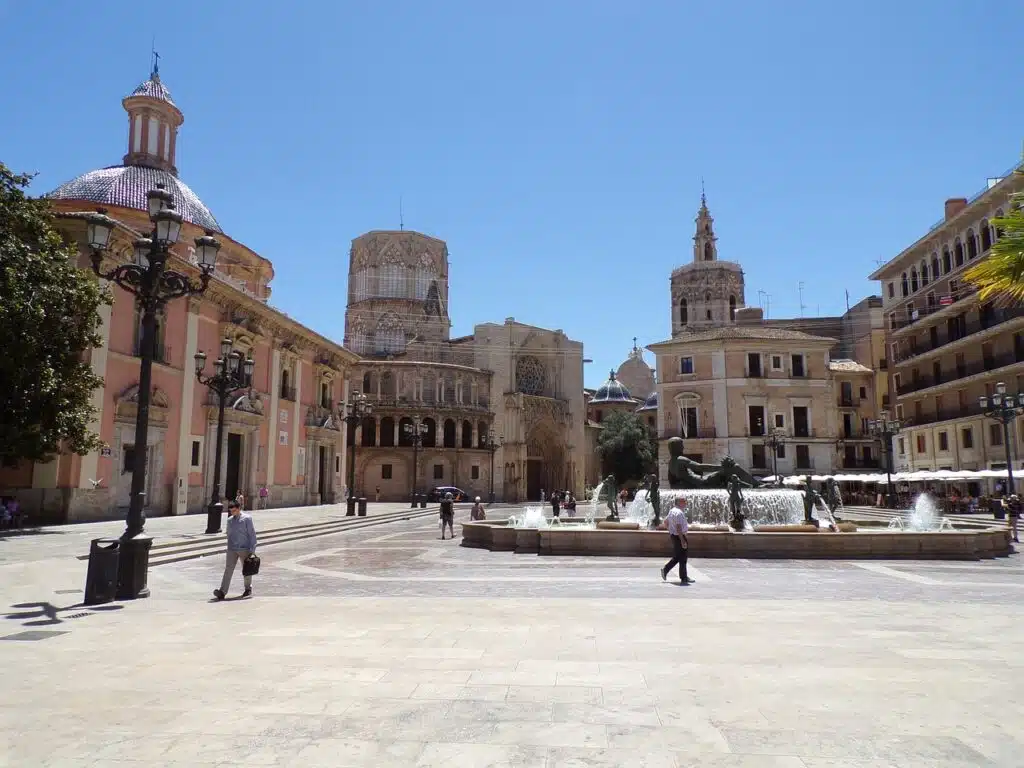
Soak in Valencia’s Beachside Vibe
Valencia is not just about art and history—it’s also a city that knows how to relax. The city’s coastline stretches for miles, offering some of the best urban beaches in Spain. Playa de la Malvarrosa, located just a short tram ride from the city center, is a long, sandy beach with clear Mediterranean waters. Lined with lively beachside bars and restaurants, it’s the perfect place to unwind, soak up the sun, and enjoy fresh seafood with a sea breeze.
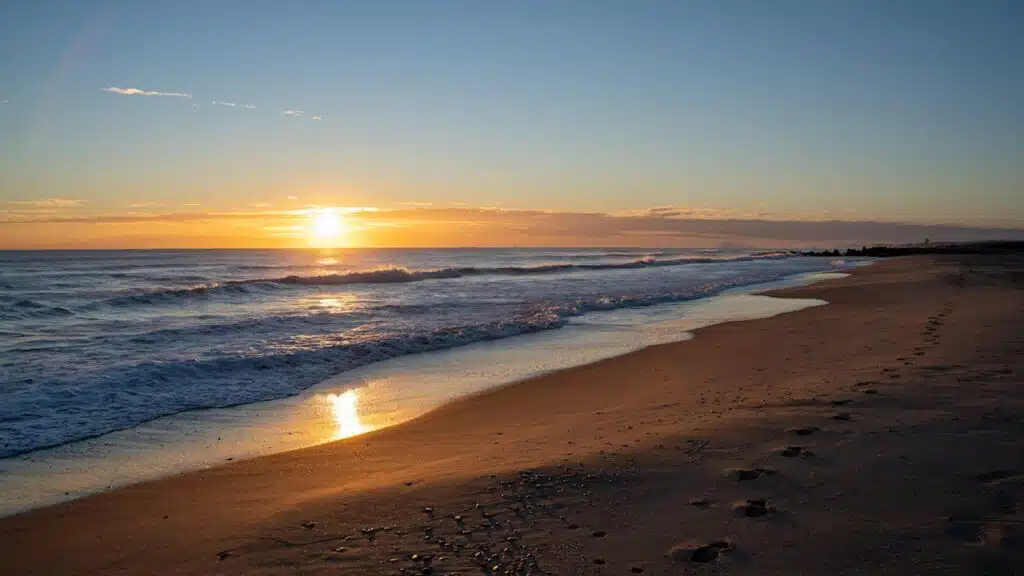
For a quieter, more local experience, head to Playa de Patacona, where the atmosphere is more laid-back. Both beaches are ideal spots to taste an authentic paella, which originated in this region. Be sure to try the Paella Valenciana, traditionally made with chicken, rabbit, and local vegetables, or indulge in a seafood version, bursting with fresh fish and shellfish.
Valencia, Markets and Gastronomy
Valencia is a paradise for food lovers, with its bustling markets and famed culinary traditions. The Mercado Central, housed in a beautiful art nouveau building, is one of the largest fresh food markets in Europe. Inside, you’ll find rows of colorful fruit, vegetables, spices, and a wide variety of seafood from the nearby Mediterranean. It’s the perfect place to pick up some fresh produce or try local delicacies like horchata, a refreshing drink made from tiger nuts.
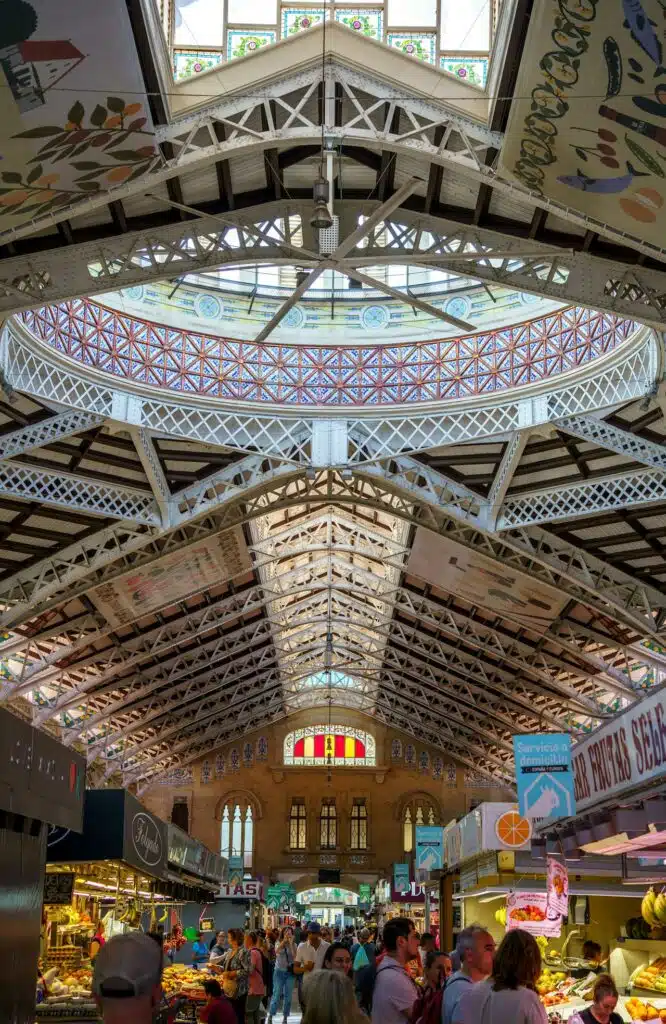
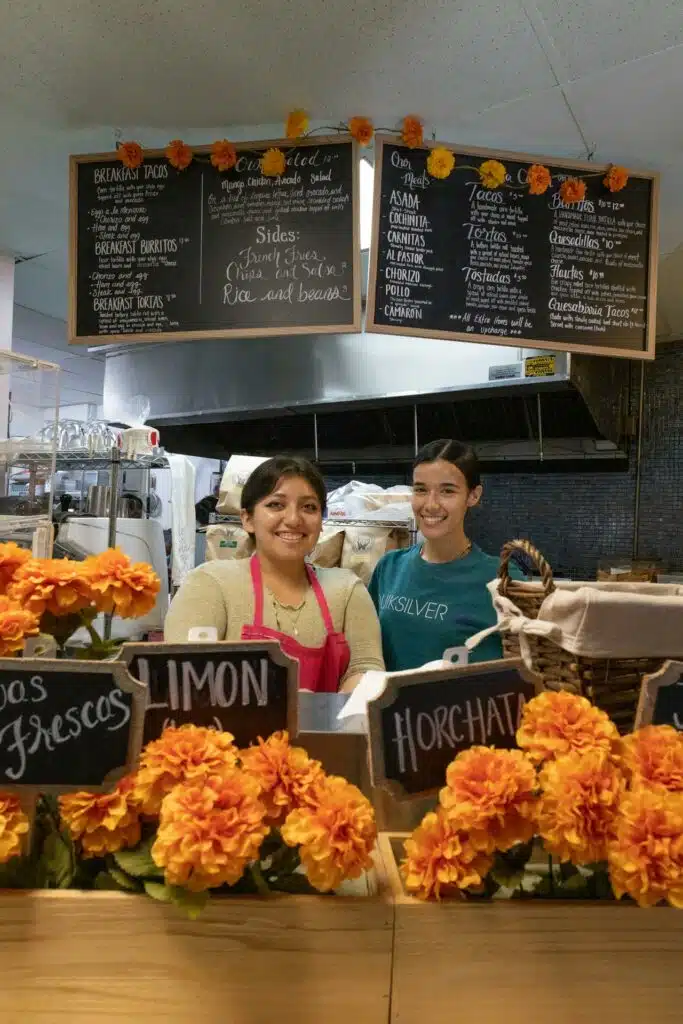
When it comes to dining, Valencia’s culinary scene extends far beyond paella. The city’s numerous tapas bars offer everything from patatas bravas to jamón ibérico, and the vibrant Ruzafa neighborhood is known for its creative fusion of traditional Spanish flavors with modern twists.
Festivals and Cultural Events
One of the highlights of visiting Valencia is experiencing its vibrant festival culture. The most famous is Las Fallas, celebrated every March. This week-long festival honors Saint Joseph with spectacular parades, fireworks, and the construction of enormous, elaborate ninots (puppets). The climax of the festival sees these gigantic figures set ablaze in a fiery spectacle known as the cremà, lighting up the night sky and creating an unforgettable atmosphere.
In addition to Las Fallas, Valencia hosts numerous other festivals throughout the year, including La Tomatina, a nearby event in the town of Buñol, where participants engage in the world’s largest tomato fight.
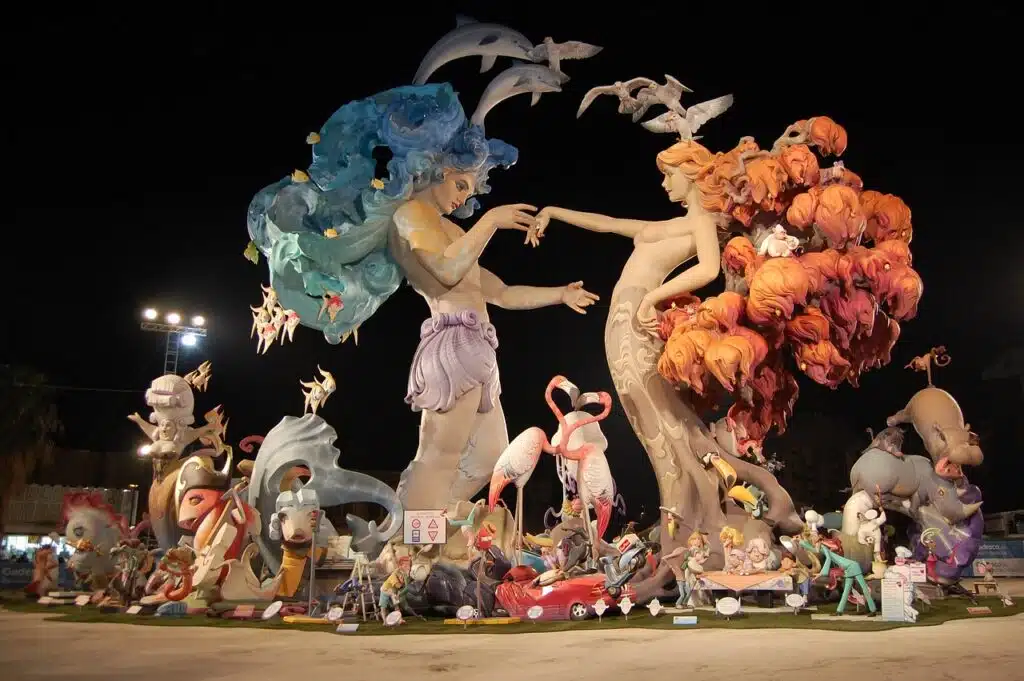

When to Visit in Valencia
The best time to visit Valencia is from March to June, when the weather is warm, but not too hot, and the city hosts its major festivals, including Las Fallas. Spring and early summer are ideal for enjoying Valencia’s outdoor attractions, from its futuristic architecture to its pristine beaches. If you visit in March, be prepared to experience the explosive celebrations of Las Fallas, which culminate in an incredible display of fire and fireworks.
Another good time to visit is in September and October, when the weather is still pleasant, but the summer crowds have thinned out. During this period, the beaches are quieter, and you can enjoy a more relaxed pace as you explore the city.
For getting around, Valencia has an excellent public transportation system, with an easy-to-navigate metro, buses, and trams. Consider purchasing the Valencia Tourist Card for unlimited access to public transportation, as well as discounts on attractions and restaurants. Biking is also a popular way to explore the city, thanks to its many bike lanes and Valenbisi, the city’s bike-sharing service.
Final Thoughts on Valencia
Valencia is a city where the past and future coexist in perfect harmony. From its groundbreaking architecture to its ancient history, from its bustling beaches to its world-famous festivals, this Mediterranean city has it all. Whether you’re a history buff, a foodie, or simply looking to relax by the sea, Valencia offers an unforgettable experience.

